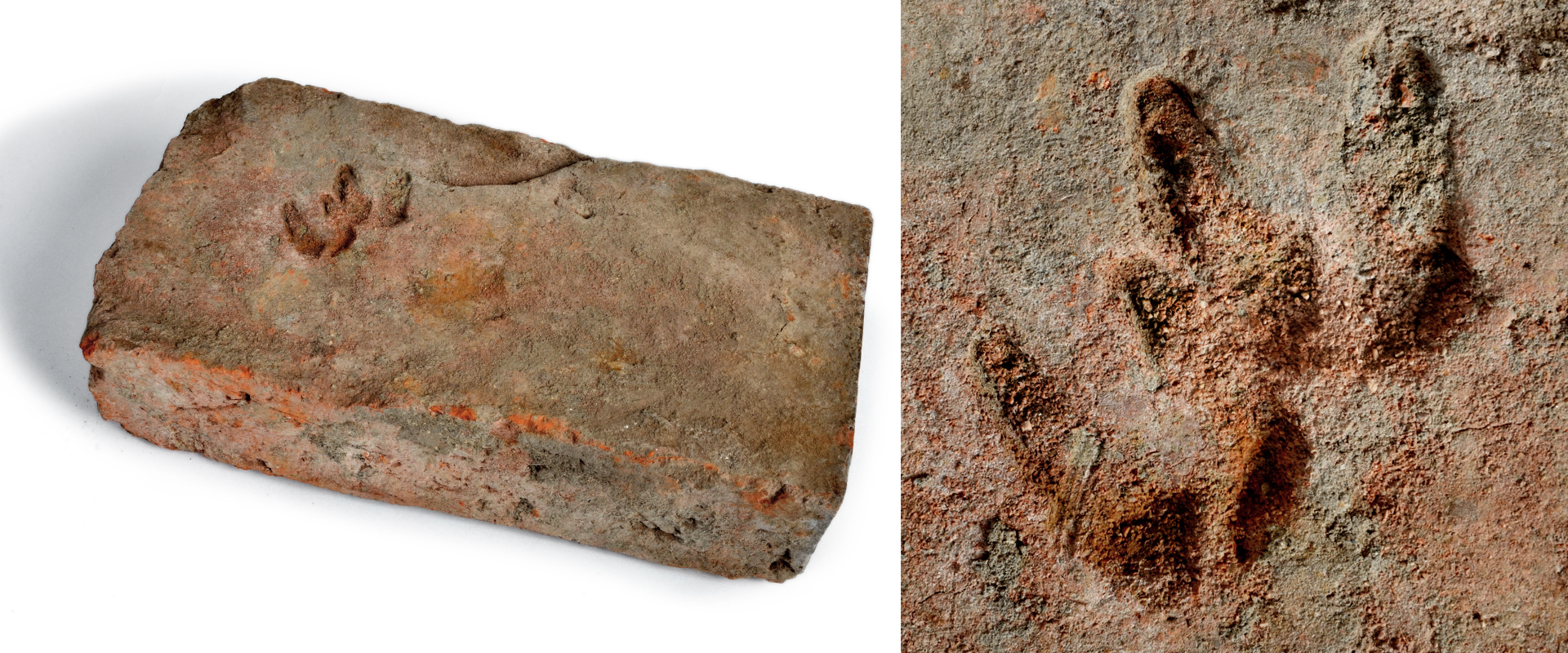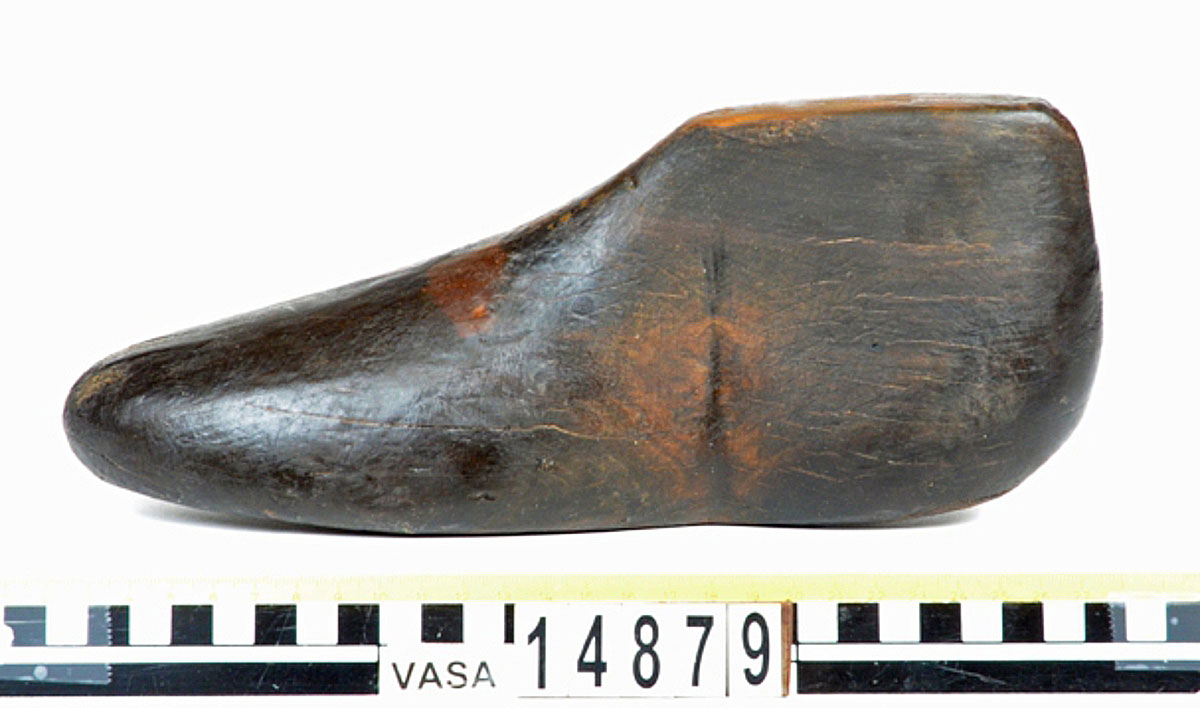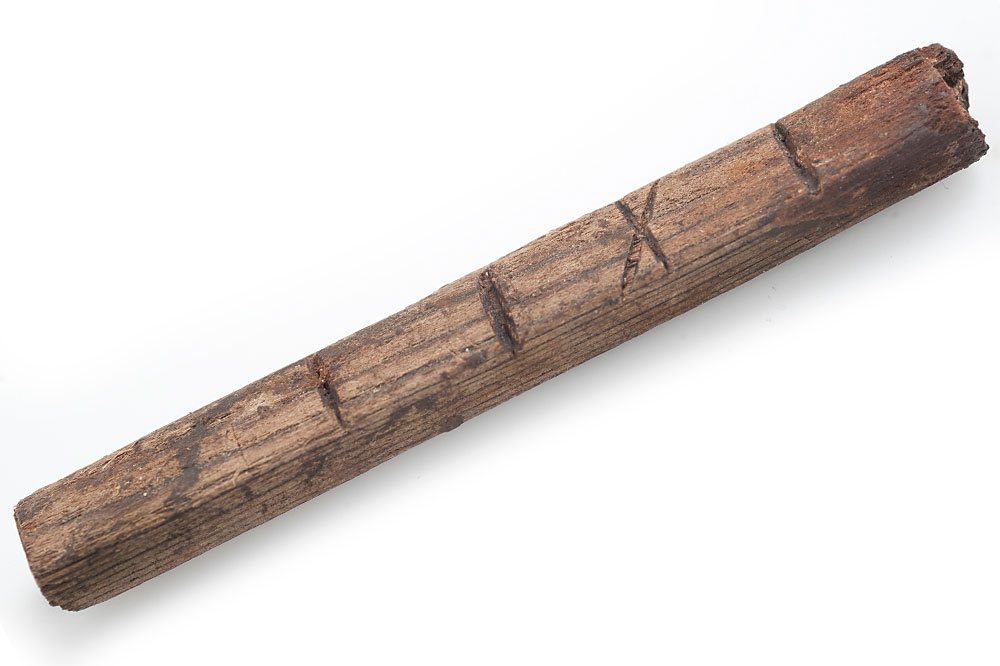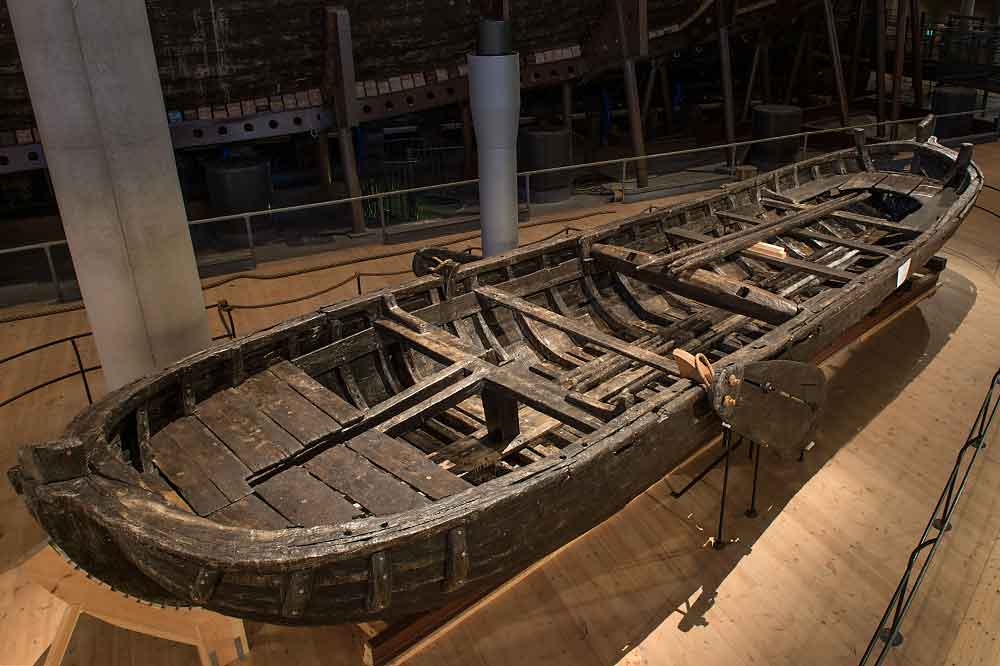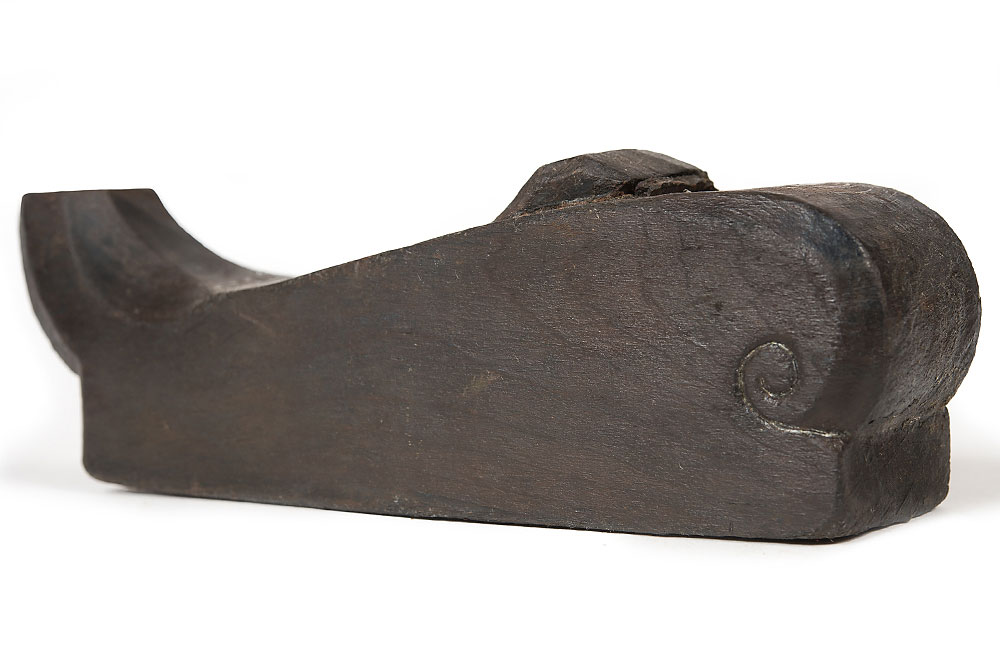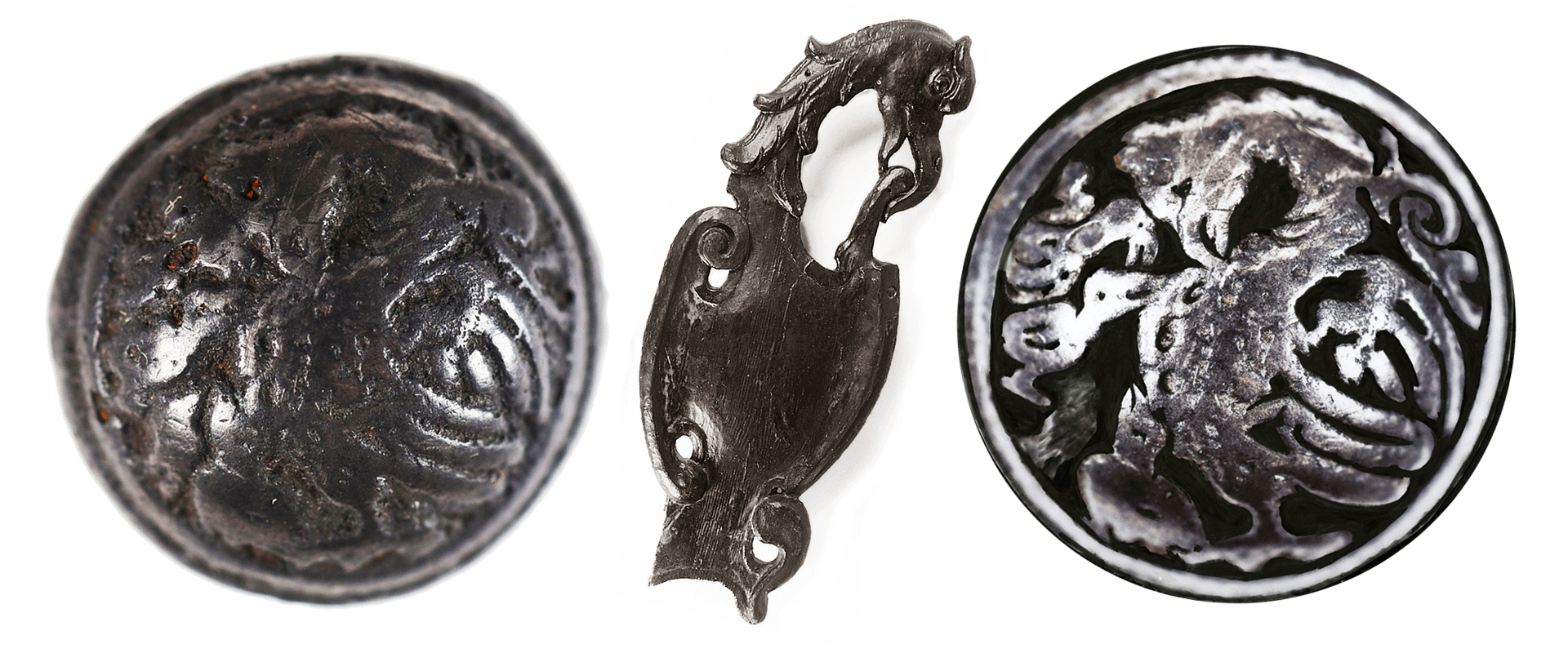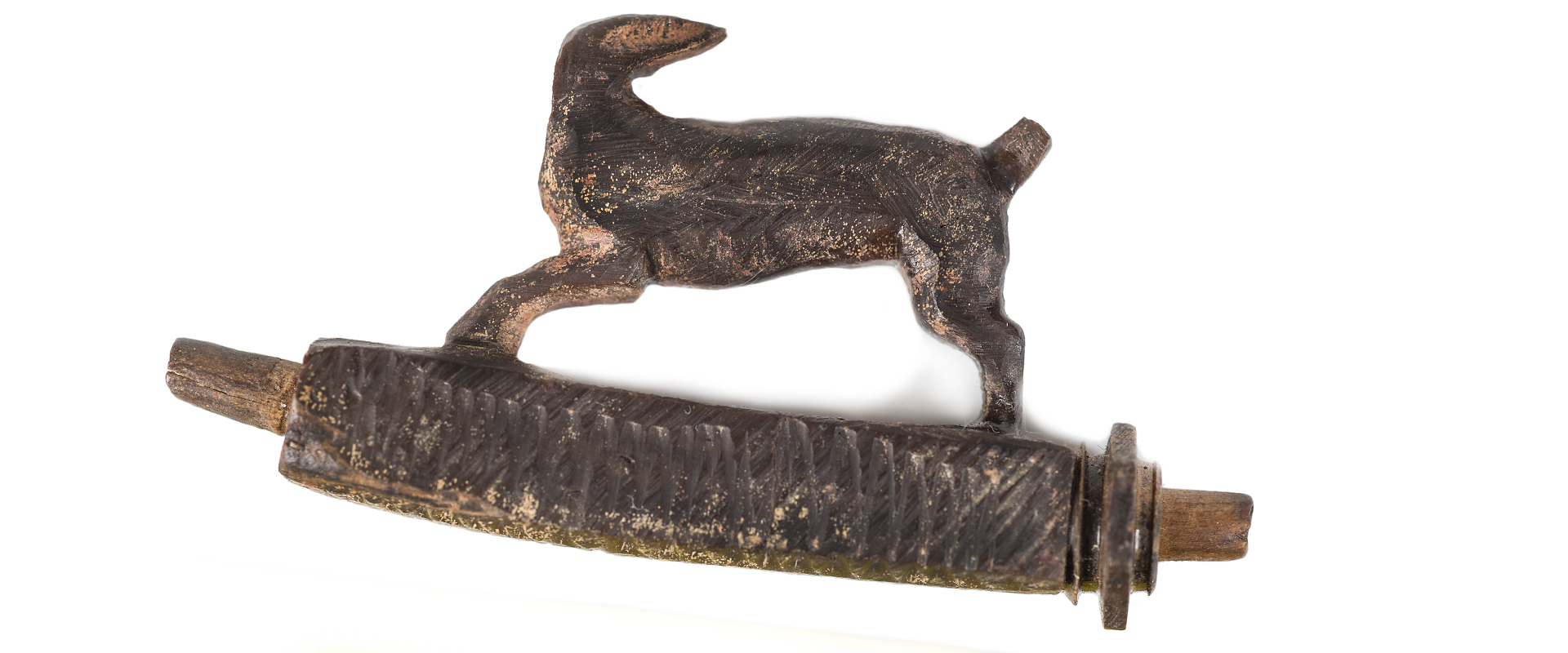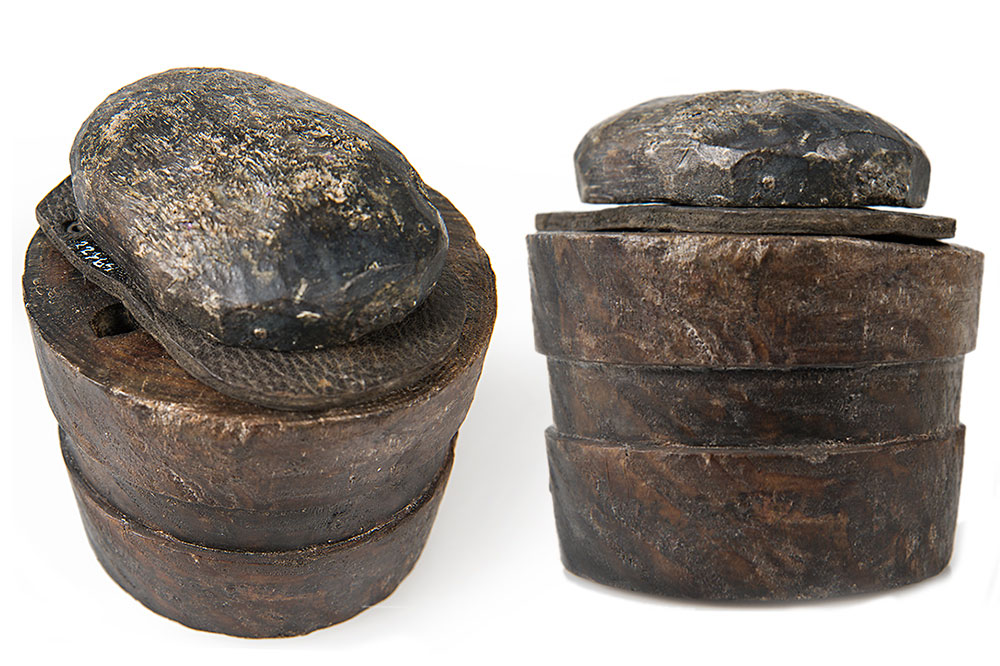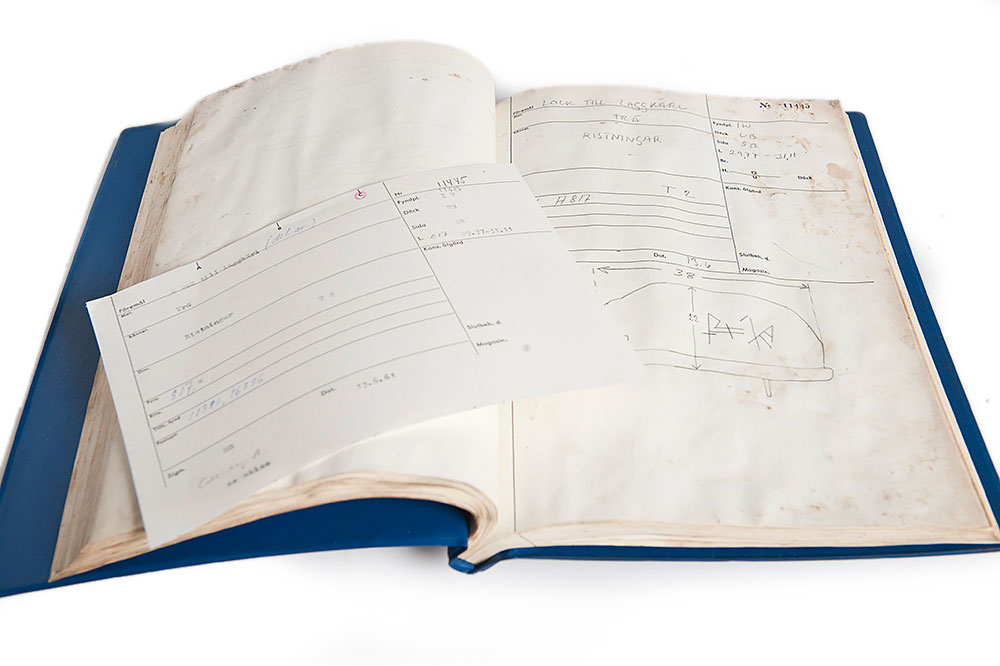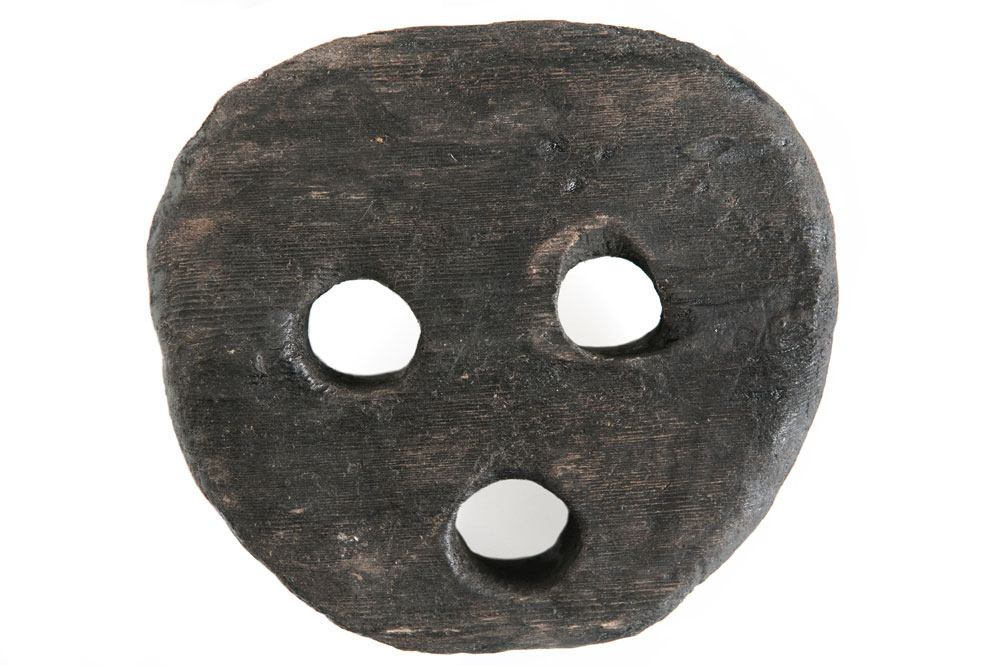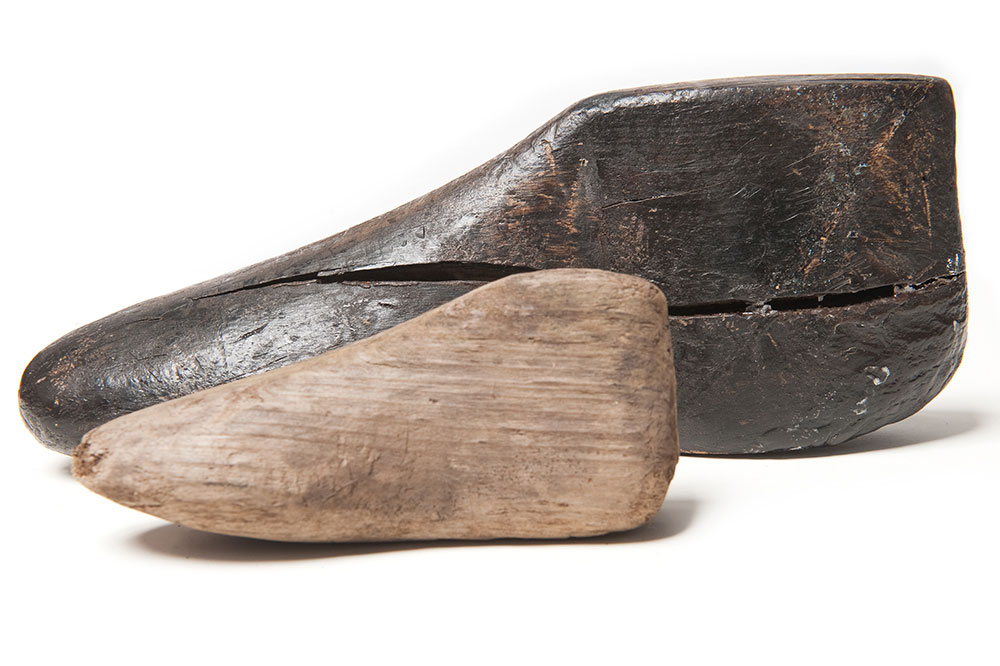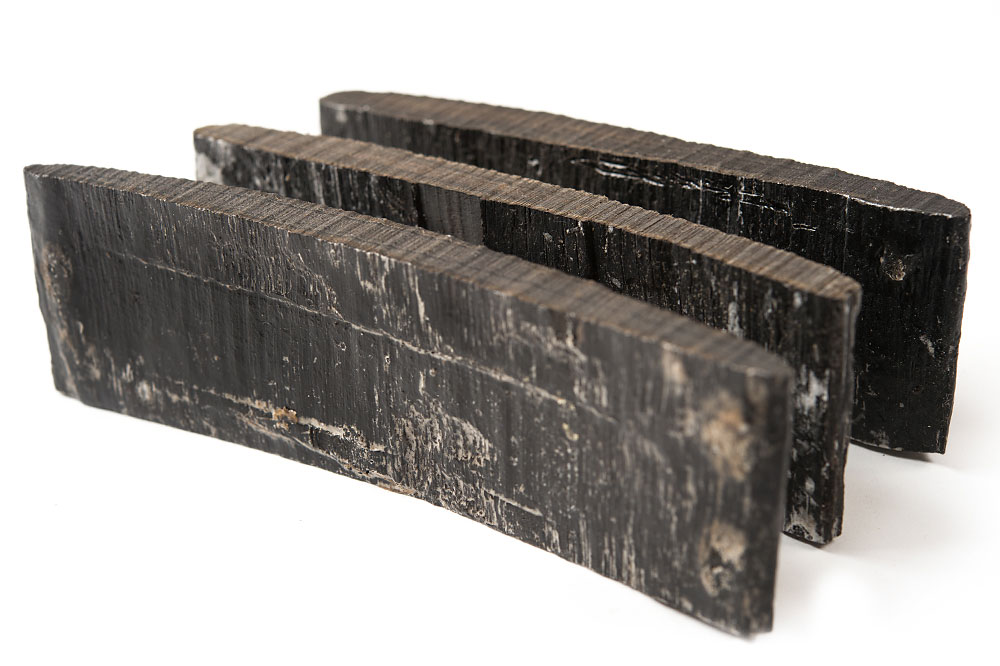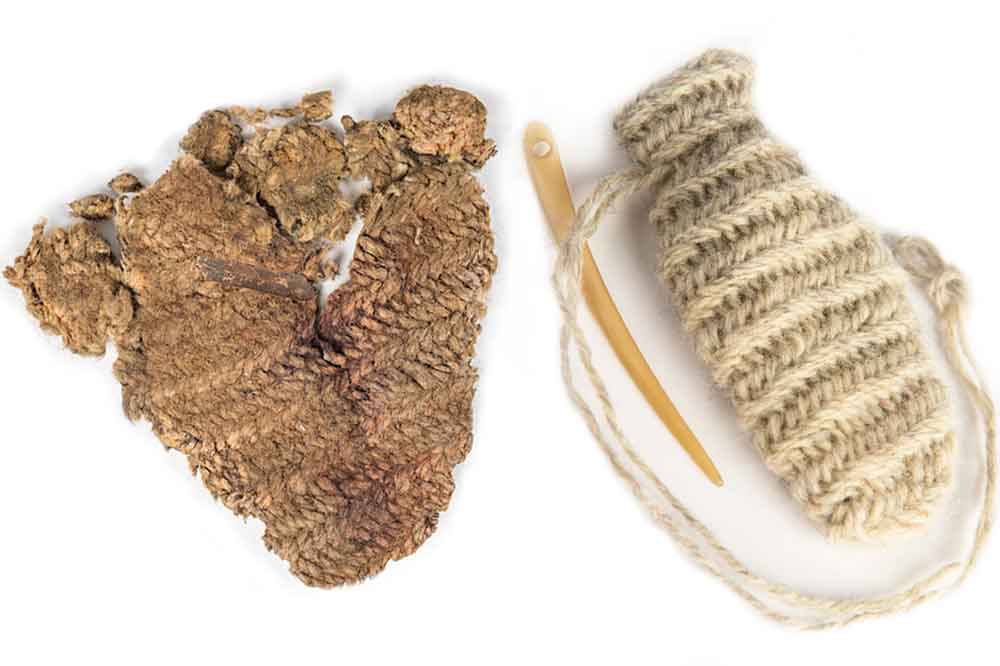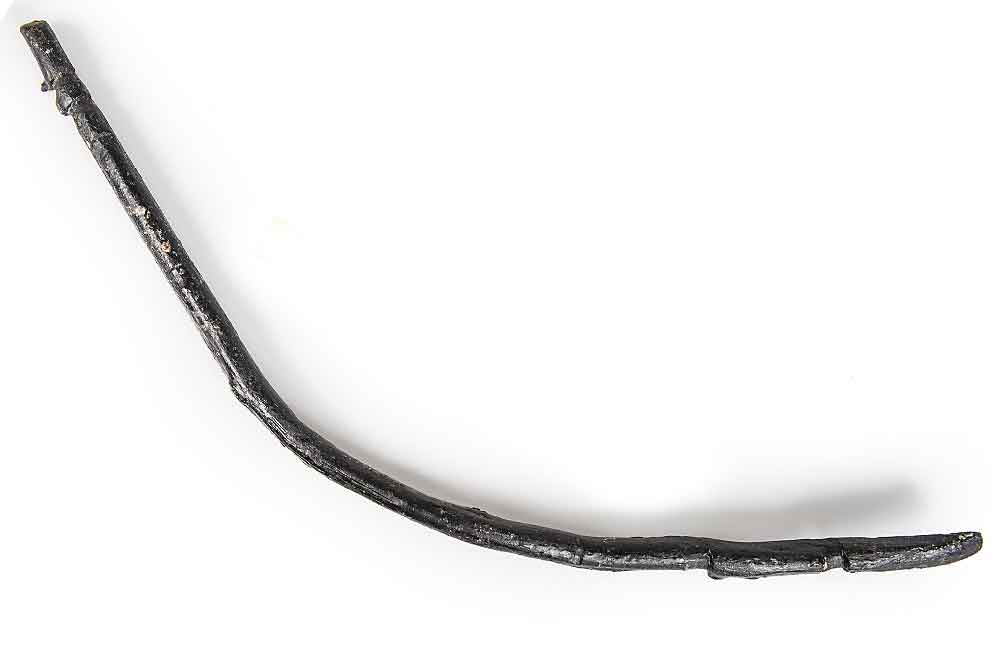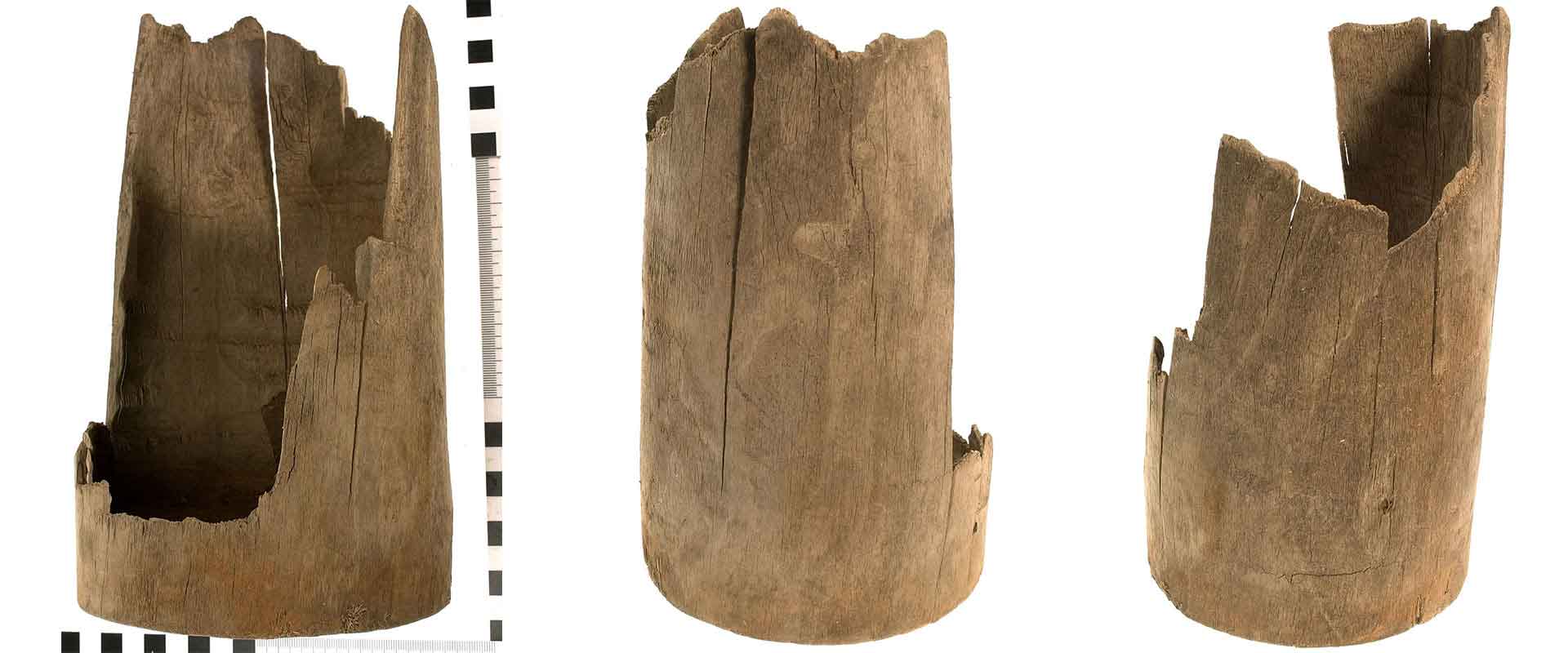The brick is from Vasa’s galley, the ship’s kitchen, the only place where open fire was allowed on board. The galley was situated low down in Vasa’s hold.
On excavation, Vasa’s galley was found to be almost intact. Around 750 bricks were used. The floor consisted of two layers of bricks placed on their sides. There were two walls, forward and aft. The forward wall had one layer of bricks while the after wall had a double layer in its lower part. There is no evidence that a fire had ever been lit.
Brick production
The bricks were made in brickworks located on the outskirts of towns. Clay was pressed into prepared forms and was then allowed to dry before being fired in ovens at ca 1000 degrees Celsius.
Occasionally while the bricks were drying, an animal or a child might step into the clay and leave footprints. A number of pig footprints have been found in Vasa’s bricks, but also human and possibly deer prints. We believe that the prints in this brick were made by a small pig.
Bricks were expensive to make which one can understand by looking at Vasa’s bricks. Many were deformed or poorly-shaped but have still been used.
We don’t know exactly where Vasa’s bricks were made. At the time when Vasa was built, there were four to five brickworks in the Stockholm area, including one in Hornstull and a number in Kungsholmen.
Some of the bricks are on display in the exhibition Life on board.
